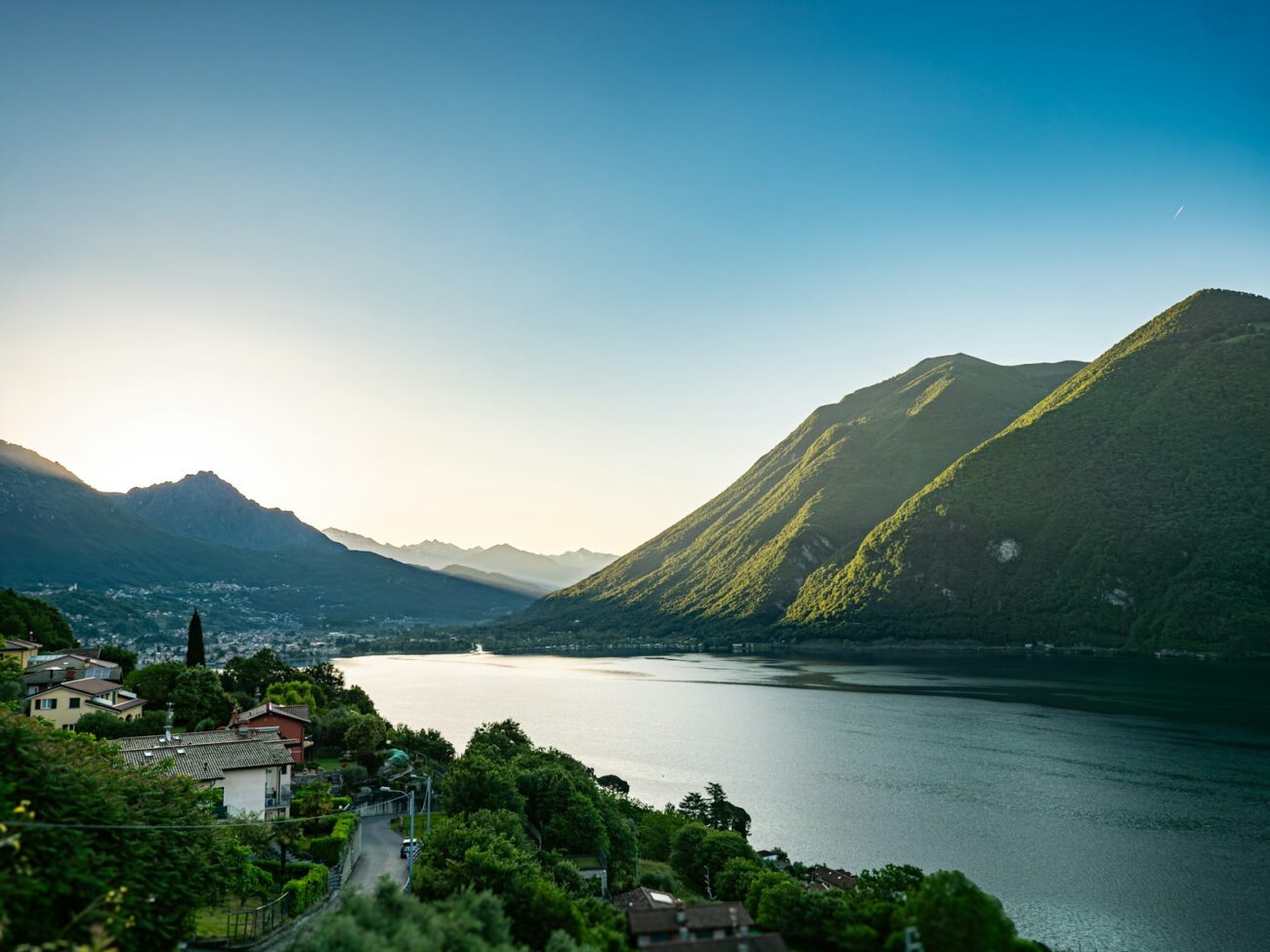There’s something inherently magical about lakes—the gentle lapping of water against the shore, the call of loons echoing across the surface at dawn, and the peaceful solitude that seems to wash away the stresses of everyday life. For many, the allure of lake living represents more than just a vacation fantasy; it embodies a lifestyle change that promises connection with nature, community, and a different rhythm of daily existence. But how do you know if lake life is truly calling you, and what does answering that call entail? This comprehensive guide explores the nuances of lake living, helping you determine if this lifestyle aligns with your values, preferences, and long-term goals, while providing practical insights for making the transition successfully.
Recognizing the Signs Lake Life Is Calling You
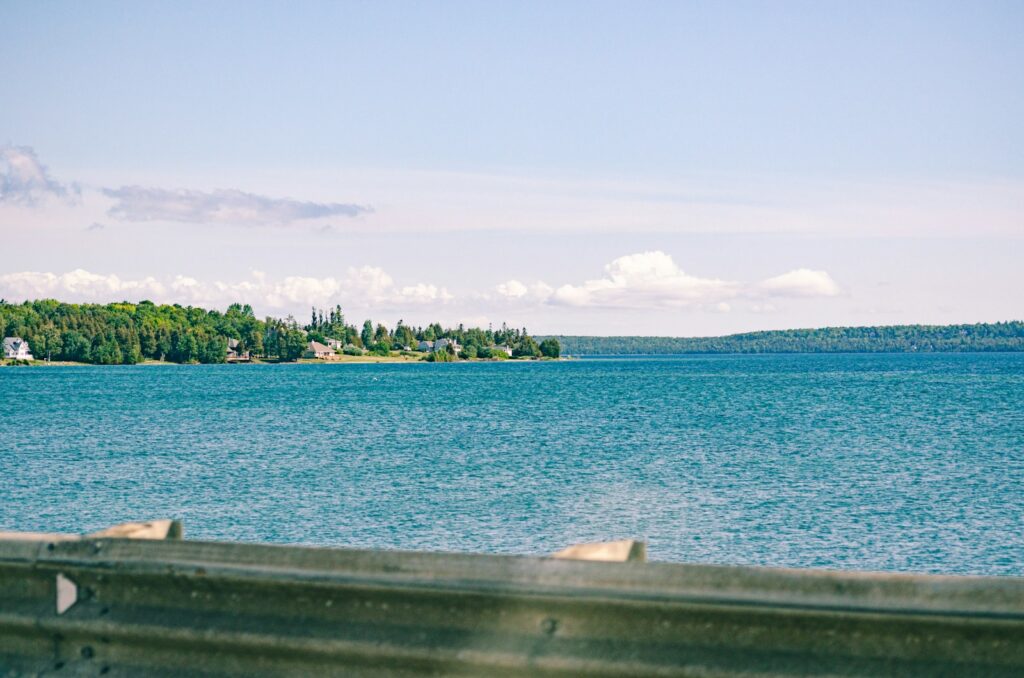
The yearning for lake life often begins subtly—perhaps you notice yourself lingering longer on lakefront property listings or find that your happiest memories revolve around time spent by the water. You might experience a profound sense of peace during lake vacations that seems to dissolve immediately upon returning to your regular environment. Physical signs can manifest too: decreased stress levels near water, improved sleep during lake stays, or feeling genuinely more like “yourself” in these settings. Recognizing these emotional and physiological responses is the first step in determining whether lake life represents a passing fancy or a genuine calling that deserves serious consideration.
Understanding Different Types of Lake Living
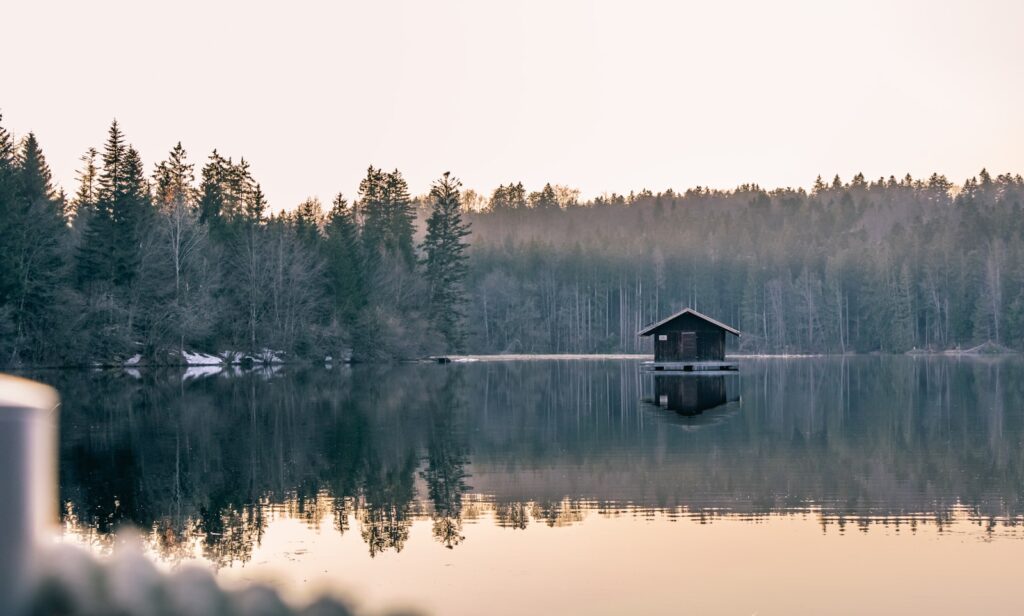
Lake living isn’t a one-size-fits-all proposition—it encompasses various lifestyle arrangements that can dramatically differ in commitment level and experience. Seasonal cottages offer the part-time lake experience without requiring a complete life overhaul, serving as an introduction to lake living without permanent relocation. Year-round lakefront homes represent full immersion, with all four seasons bringing their unique joys and challenges. Community-based lake developments provide amenities and social connections, ideal for those who value both nature and neighborly bonds. Remote lake properties offer unparalleled privacy and natural immersion but may require significant self-sufficiency and comfort with isolation. Understanding these distinctions helps prospective lake dwellers align their expectations with reality and choose the arrangement that best suits their preferences.
The Financial Realities of Lakefront Property
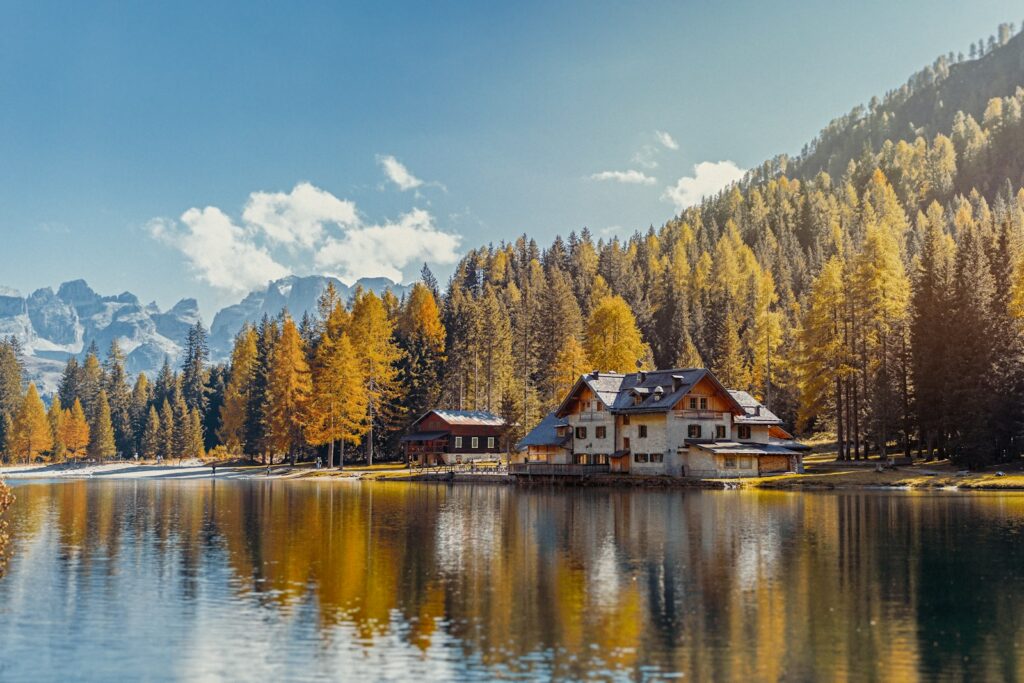
The dream of lake living comes with financial considerations that extend well beyond the initial property purchase. Waterfront property typically commands premium pricing, often 25-50% higher than comparable inland properties, reflecting the limited supply and high demand for these special locations. Ongoing expenses include specialized insurance coverage for flooding and water damage risks, potential dock maintenance, shoreline preservation efforts, and watercraft storage or maintenance. Property taxes on lakefront homes frequently exceed those of similar inland properties, reflecting their higher valuation and desirability. Creating a comprehensive budget that accounts for these unique expenses is essential for sustainable lake living, preventing financial strain from undermining what should be a joyful lifestyle choice.
Seasonal Considerations and Weather Impacts
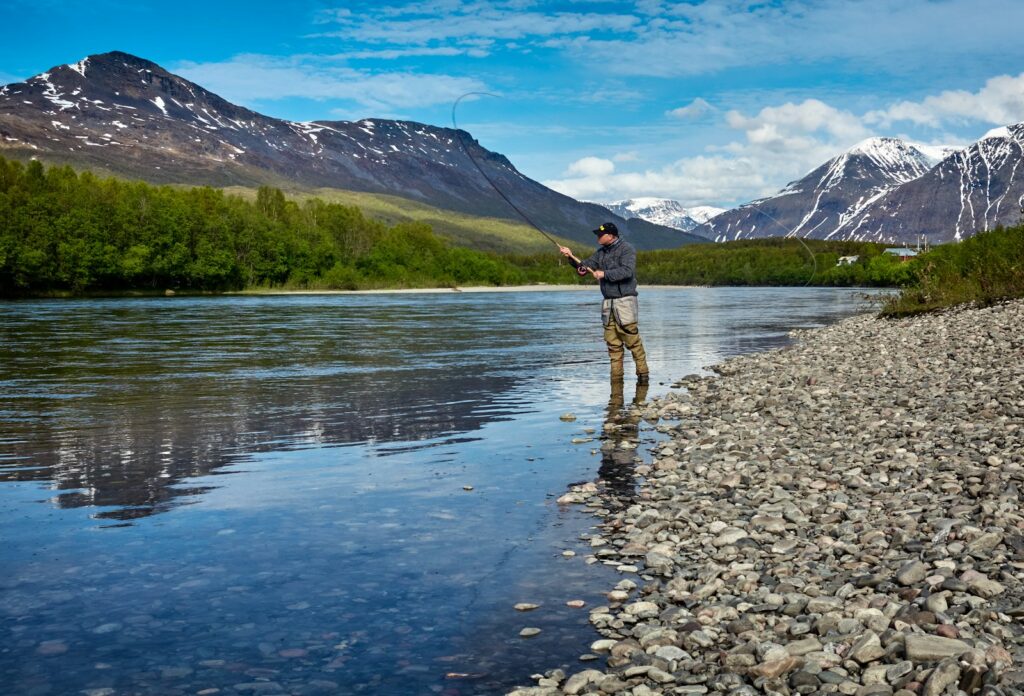
Lakes transform dramatically with the seasons, creating a living experience that’s both enchanting and challenging in its variability. Summer brings the quintessential lake experience—swimming, boating, fishing, and outdoor entertaining—but also peak tourism, potentially increased noise, and water traffic in popular areas. Fall offers spectacular foliage reflections on still waters and excellent fishing, while bringing cooler temperatures that limit water activities. Winter transforms lakes into potential wonderlands for ice fishing, skating, and snowmobiling, but may also bring isolation, difficult road conditions, and frozen pipes without proper winterization. Spring delivers renewal and wildlife activity, accompanied by potential flooding, muddy conditions, and maintenance needs after winter’s toll. This seasonal rhythm becomes the heartbeat of lake living, requiring adaptability and appreciation for nature’s changing moods.
Environmental Stewardship Responsibilities
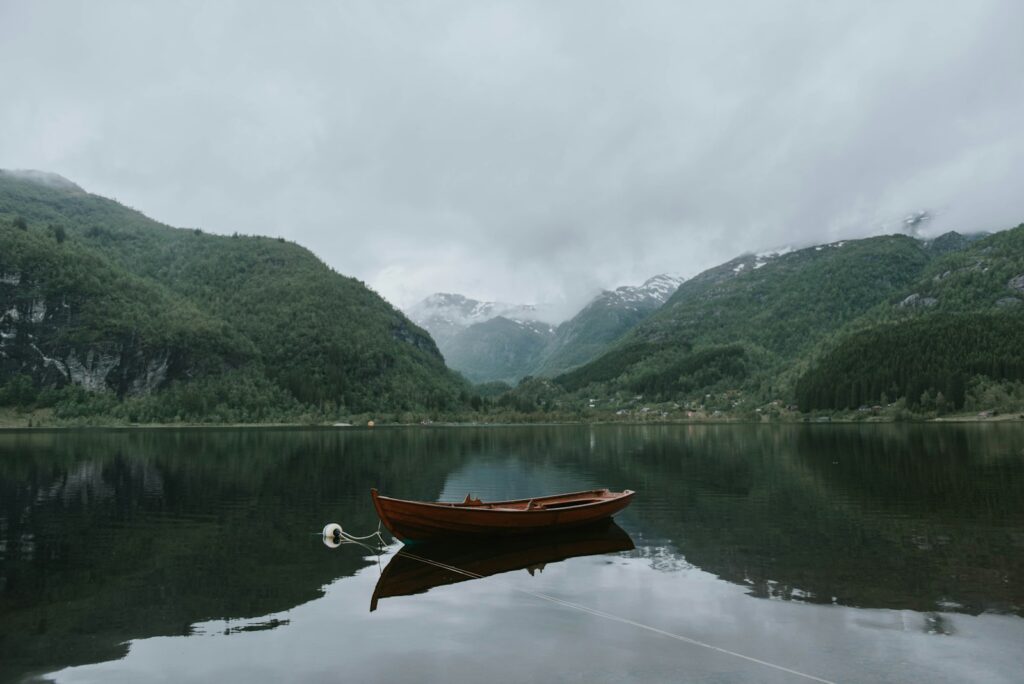
Lake dwellers assume a special responsibility as front-line stewards of these precious aquatic ecosystems. This role includes mindful management of runoff from your property, avoiding fertilizers and chemicals that can trigger harmful algal blooms and disrupt aquatic life. Preserving natural shoreline vegetation helps prevent erosion, filters pollutants, and provides crucial habitat for wildlife that maintains ecosystem balance. Responsible boating practices—proper speed, waste management, and prevention of invasive species transfer—protect water quality and aquatic communities. Many lake communities have established conservation associations that coordinate testing, cleanup efforts, and advocacy; active participation in these groups connects you with neighbors while protecting your shared natural resource. The privilege of lake living comes with these custodial duties, which ultimately enhance rather than detract from the experience.
Social Dynamics of Lake Communities
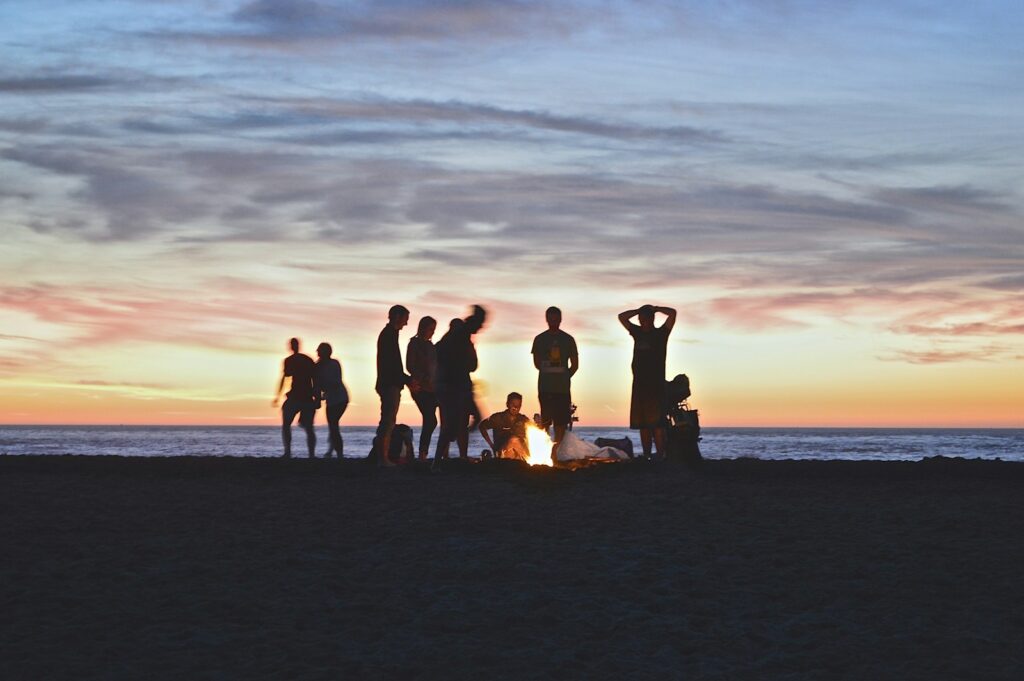
Lake communities often develop distinctive social cultures that differ significantly from urban or suburban environments. Many lake neighborhoods foster tight-knit communities where neighbors become extended family, sharing resources, knowledge, and traditions across generations. The pace of social life typically follows seasonal rhythms—bustling with gatherings during summer months and quieter, more intimate connections during off-seasons. Community associations frequently organize events from fishing tournaments to holiday boat parades, creating traditions that define the local culture. Understanding the existing social dynamics of your prospective lake community is crucial—some prioritize privacy and solitude, while others emphasize community engagement and shared activities. This social dimension can profoundly influence your lake living experience, making community compatibility an important factor in property selection.
Practical Considerations for Daily Living
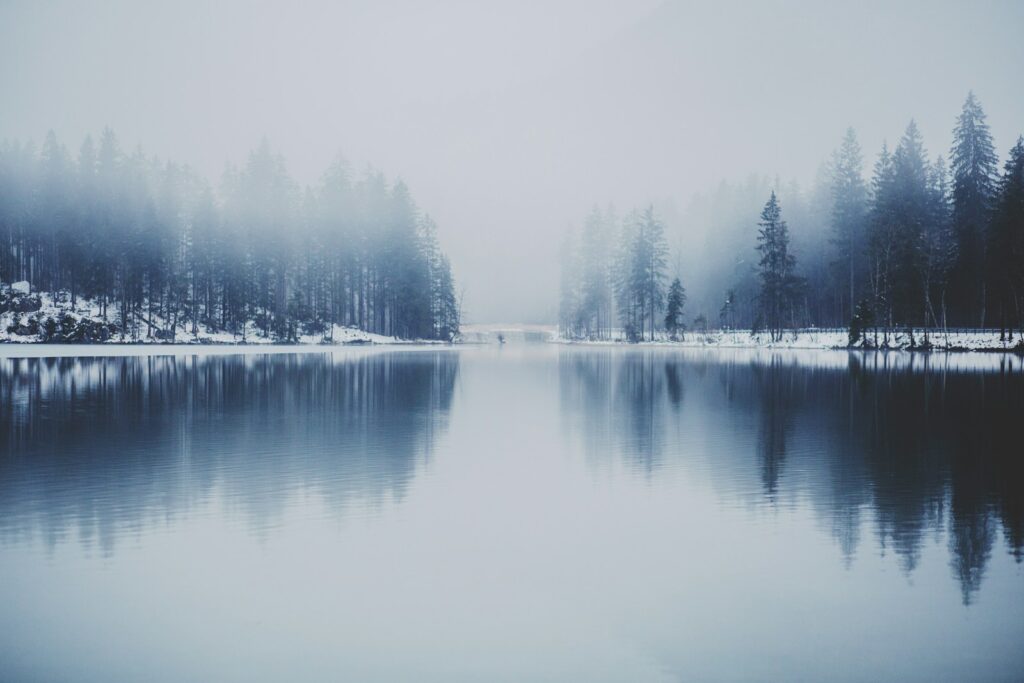
The idyllic vision of lake life must be balanced with practical realities of day-to-day existence that differ from conventional suburban or urban living. Access to essential services like healthcare, groceries, and emergency response may involve longer travel times, particularly for more remote lake properties. Infrastructure considerations include reliable internet connectivity for remote work, water supply systems (municipal or well), and waste management solutions appropriate for lakeside environments. Winter accessibility becomes a crucial factor for year-round residences, with snow removal capabilities and road maintenance determining your mobility during challenging weather. The distance to schools, employment centers, and social connections should align with your lifestyle needs and tolerance for commuting or isolation. These practical elements form the foundation of comfortable lake living and deserve thorough investigation before committing to this lifestyle.
Recreational Possibilities and Equipment Needs

Lakes offer extraordinary recreational diversity that changes with the seasons, potentially requiring significant equipment investments to fully enjoy these opportunities. Water activities might include swimming, fishing, kayaking, canoeing, paddleboarding, sailing, waterskiing, or motorboating—each requiring specific gear, storage solutions, and maintenance commitments. Land-based recreation around lakes encompasses hiking, birdwatching, photography, and in many regions, winter sports like cross-country skiing, snowshoeing, or ice fishing when lakes freeze. Equipment storage becomes a significant consideration, potentially influencing property requirements for garages, boathouses, or storage sheds. The cost of purchasing, maintaining, insuring, and eventually replacing recreational equipment should factor into your lake living budget. Prioritizing which activities matter most to you can help focus these investments while ensuring you experience the aspects of lake life that most deeply resonate with your interests.
Wildlife Encounters and Coexistence
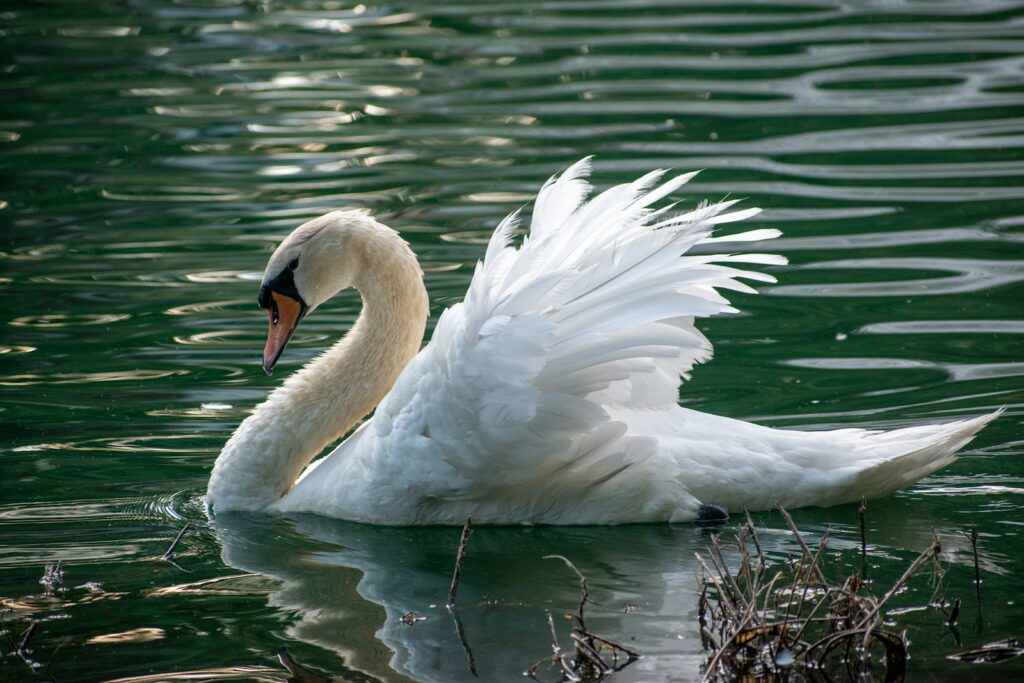
Lake environments support rich biodiversity, creating both enchanting wildlife viewing opportunities and necessary coexistence adjustments. Lakes attract diverse bird species from majestic eagles and ospreys to haunting loons and elegant herons, offering world-class birdwatching from your own property. Mammals like deer, foxes, raccoons, and in some regions, bears or moose, may become regular visitors, requiring secure trash management and appropriate boundaries. Aquatic life beneath the surface—fish, turtles, frogs, and invertebrates—creates an ever-changing underwater ecosystem to explore and protect. While most wildlife encounters remain peaceful and distanced, preparing for occasional conflicts through proper food storage, understanding animal behavior, and learning appropriate response techniques ensures safe cohabitation. This proximity to wildlife represents one of lake living’s most profound rewards, connecting residents to natural rhythms and ecological relationships often missed in more developed settings.
Property Maintenance Unique to Lakefront Living
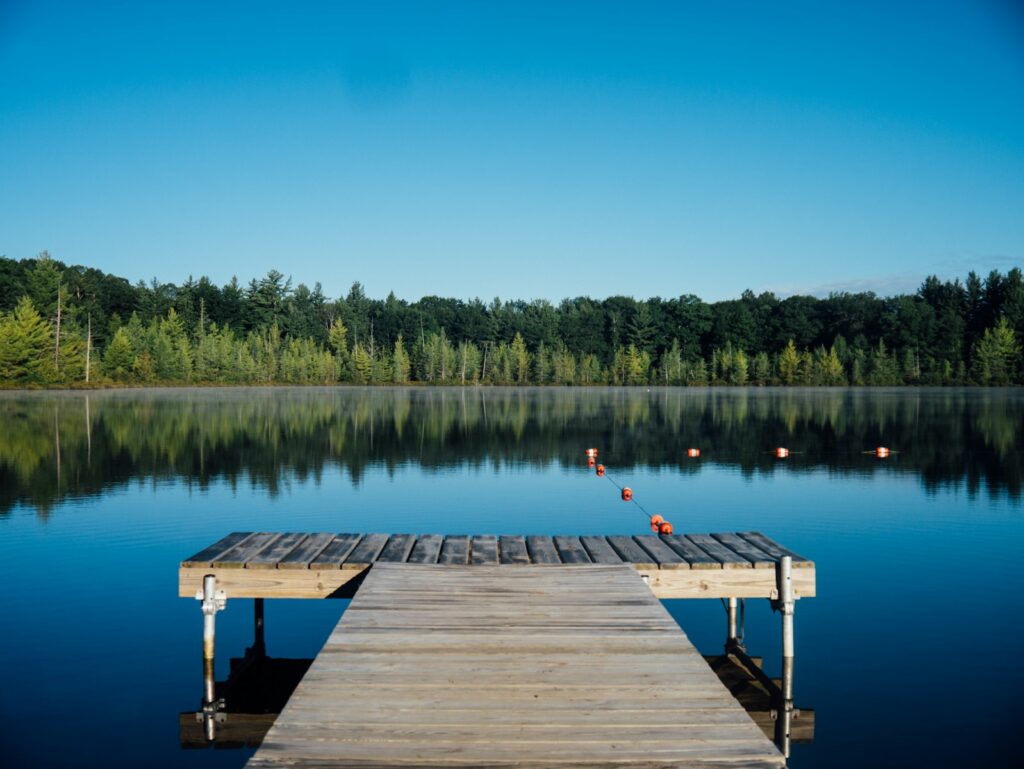
Lakefront properties present distinctive maintenance challenges beyond standard homeownership responsibilities, requiring specialized knowledge and ongoing attention. Shoreline management becomes a central concern, potentially involving erosion control through natural vegetation buffers, retaining walls, or riprap depending on local regulations and environmental conditions. Docks, boatlifts, and waterfront structures require regular inspection and maintenance to withstand constant water exposure, ice damage in northern climates, and aquatic growth. Moisture management within the home takes greater importance near water, with proper ventilation, dehumidification, and material choices helping prevent mold and mildew issues. Seasonal transitions demand specific preparations—spring cleanup after winter thaws, fall winterization of water systems and watercraft, and special considerations for leaving properties vacant during off-seasons. These maintenance demands require either significant personal time investment or budgeting for professional services to preserve both property value and enjoyment.
Legal and Regulatory Considerations

Lakefront properties operate under complex regulatory frameworks designed to protect water quality, preserve natural resources, and balance competing interests among users. Riparian rights—the legal framework governing waterfront property ownership—vary significantly between states and even individual lakes, affecting what you can build, how you can modify your shoreline, and your access rights to the water. Most lakes have specific restrictions on dock size, construction materials, and placement that must be followed to avoid costly penalties or removal orders. Watershed protection regulations may limit fertilizer use, require specific septic system standards, or restrict clearing of native vegetation near the shoreline. Additionally, many lakes have boating regulations, fishing restrictions, or noise ordinances that shape recreational activities. Understanding these regulations before purchase prevents unpleasant surprises and ensures your vision for lake living aligns with legal realities in your chosen location.
Making the Transition: Testing Before Committing
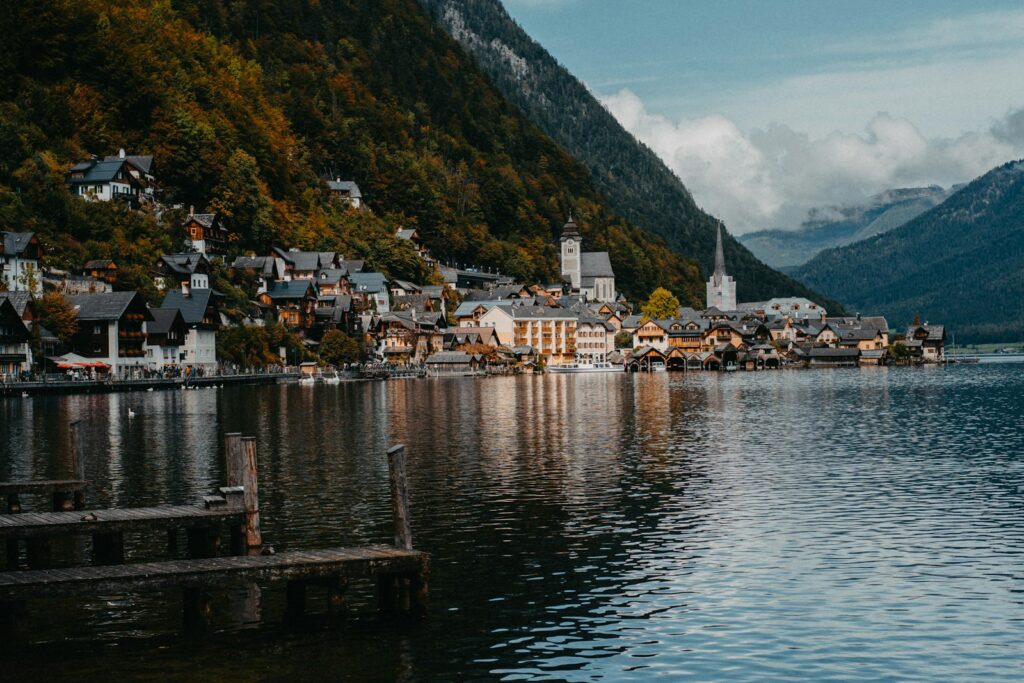
Before making a permanent commitment to lake living, exploring transitional approaches can provide valuable insights into whether this lifestyle truly matches your expectations. Extended vacation rentals during different seasons offer firsthand experience of the lake’s changing character and help identify your comfort with aspects like isolation, maintenance requirements, and seasonal variations. Joining local lake associations as an associate member connects you with current residents who can provide candid perspectives on the realities of daily life in the community. Working with realtors who specialize in lakefront properties provides access to insider knowledge about specific lakes’ characteristics, community cultures, and property considerations. Some prospective lake dwellers even choose to purchase smaller, more affordable properties initially, testing the lifestyle before investing in their dream lakefront home. These graduated approaches reduce the risk of costly disappointment while building knowledge that ensures more confident decision-making.
Finding Your Perfect Lake Match
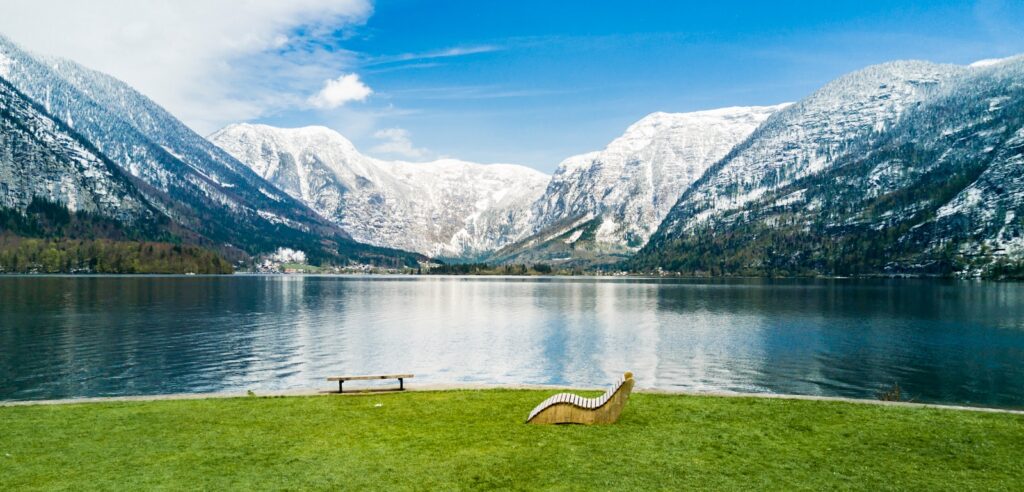
Lakes possess distinct personalities shaped by their physical characteristics, surrounding development, and established use patterns—finding your ideal match requires looking beyond scenic beauty to deeper compatibility factors. Water activity preferences should guide your search—fishing enthusiasts might prioritize lakes known for specific species, while sailing enthusiasts need sufficient water surface and reliable winds. Development density varies dramatically between lakes, from nearly wilderness settings to densely populated shorelines with suburban characteristics. Water quality and clarity differ based on factors like watershed management, depth, and local geography—attributes that affect everything from swimming enjoyment to property values. Lake size influences both recreational possibilities and the community feel, with smaller lakes often fostering closer communities while larger bodies of water offer more exploration and privacy. Considering these factors alongside location, affordability, and regulatory environment helps narrow the vast options to lakes that truly align with your vision of ideal lake living.
Embracing the Lake Life Mindset

Beyond the practical considerations, successful lake living often requires embracing a different mindset—a psychological and philosophical adjustment to a lifestyle that flows with natural rhythms rather than fighting against them. This mindset includes developing patience with weather-dependent plans, finding joy in seasonal changes rather than resisting them, and valuing quality experiences over constant activity. Many lake dwellers describe shifting from time-oriented scheduling to more natural pacing, allowing daylight, weather, and seasonal conditions to guide daily activities. Connection to place deepens over time as you witness the same views through changing seasons and years, developing intimacy with specific trees, rocks, and shoreline features that become personal landmarks. This mindset transformation represents perhaps the most profound aspect of answering the call to lake life—not just changing where you live, but how you experience living itself, finding deeper presence in the daily miracles that unfold at the water’s edge.
The call to lake life represents more than a real estate decision—it’s a potential turning point toward a lifestyle aligned with natural rhythms, community values, and a different relationship with time and place. For those who hear this call clearly and answer thoughtfully, lake living offers incomparable rewards: mornings greeted by mist rising from calm waters, evenings spent watching sunset colors ripple across the surface, and the deep satisfaction of seasonal traditions that connect generations. While the challenges are real—from financial considerations to maintenance demands—those who approach lake living with open eyes and prepared hearts often find these efforts repaid many times over in quality of life. If you feel the persistent pull toward water, take the time to explore, investigate, and experience lake communities firsthand. The perfect shoreline may be waiting, ready to become not just a place you live, but a place that lives within you.

